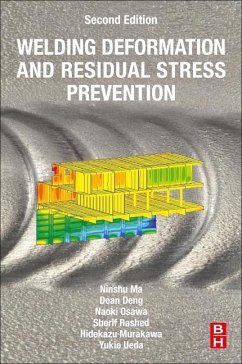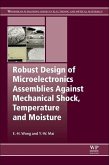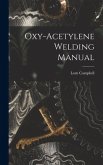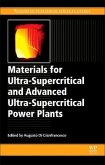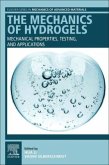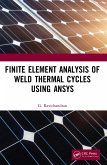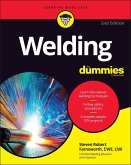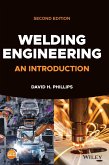Welding Deformation and Residual Stress Prevention, Second Edition provides readers with both fundamental theoretical knowledge about welding deformation and stress as well as unique computational approaches for predicting and mitigating the effects of deformation and residual stress on materials. This second edition has been updated to include new techniques and applications, outlining advanced finite element methods such as implicit scheme, explicit scheme, and hybrid scheme, and coupling analysis among thermal-metallurgy-mechanics. Non-destructive measurement methods for residual stresses are introduced, such as X-ray diffraction, the indentation technique, the neutron diffraction method, and various synchrotron X-ray diffraction techniques.
Destructive measurement techniques are covered as well, such as block cutting for releasing residual stress, blind hole drilling, deep hole drilling, the slit cutting method, sectional contour method, and general inherent strain method. Various industrial applications of the material behavior and computational approaches are featured throughout.
Destructive measurement techniques are covered as well, such as block cutting for releasing residual stress, blind hole drilling, deep hole drilling, the slit cutting method, sectional contour method, and general inherent strain method. Various industrial applications of the material behavior and computational approaches are featured throughout.

